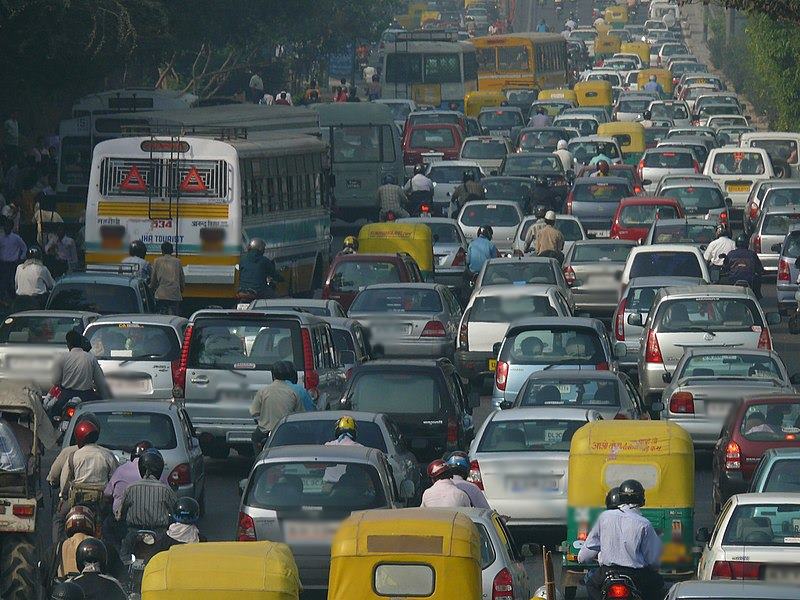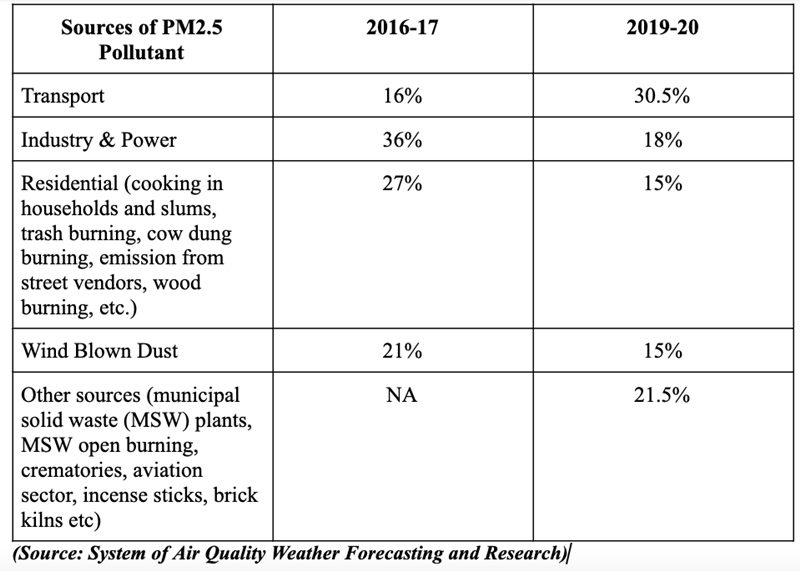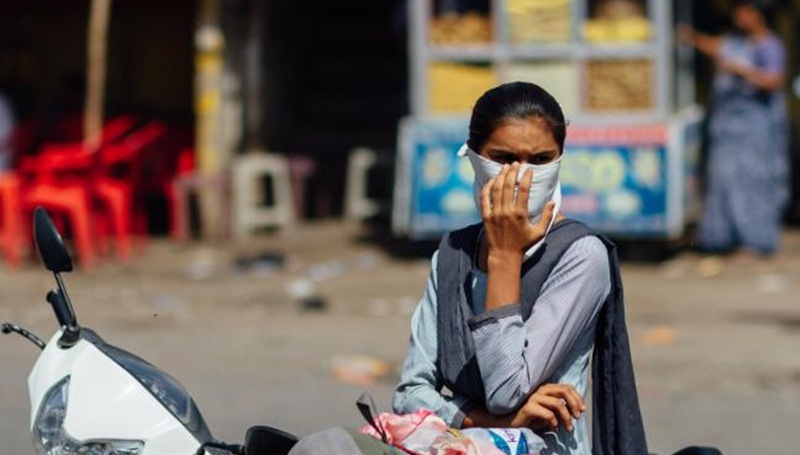‘Transport sector is the biggest source of Mumbai’s air pollution’
Air pollution from the transport sector in Mumbai, capital of Maharashtra, has nearly doubled in the past four years. It is the biggest contributor to the city’s deteriorating air quality.


Emissions from vehicles can worsen respiratory ailments. Photo: Lingaraj GJ/flickr.
An analysis of PM2.5 pollutants in Mumbai, Maharashtra, has revealed that emissions coming from the transport sector have nearly doubled in the past four years. It has increased from 16 per cent in 2016-17 to 30.5 per cent in 2019-20.
The analysis, that was published today (June 29) was carried out by System of Air Quality Weather Forecasting and Research (SAFAR), a research management organisation which provides data on air quality and pollution, under the Indian Institute of Tropical Meteorology (IITM) Pune.
According to the study, PM2.5 has a significantly adverse health impact. The particulate matter can remain suspended in the environment for days and even weeks and is small enough to invade the lung airways. Toxic gases such as NO2, formed by burning of coal and oil, as well as emissions from vehicles can worsen respiratory ailments.
The 2019-20 source estimation by SAFAR revealed that 30.5 per cent of the PM2.5 emission came from the transport sector; 18 per cent came from industries and the power sector, while 15 per cent came from cooking, burning of trash, wood and cow dung, as well as emissions from street food vendors.
The other contributors were wind blown dust (15 per cent) and other sources (21.5 per cent) including municipal solid waste, burning of plants, crematoriums, the aviation sector, brick kilns, etc.

In 2016-17, according to SAFAR, the biggest contributor of PM2.5 was the industry and power sector with 36 per cent. Transport had accounted for 16 per cent. The rest was contributed by cooking, etc., in residential areas (27 per cent) and wind blown dust (21 per cent).
“While new industries or power plants are not being set up in Mumbai, vehicles continue to grow,” said Anumita Roy Chowdhury, executive director-research and advocacy, Centre for Science and Environment, a non-profit public interest research and advocacy organisation based in New Delhi.

Increasing vehicles, increasing air pollution
“Transport sector has shown a drastic increase over four years as a contributor to PM2.5 pollution in Mumbai. This is a combination of both an increase in the number of vehicles in the city and more stagnation at traffic junctions leading to congestion,” said Gufran Beig, Senior scientist and Founder Project Director, SAFAR.
As per the Maharashtra transport department, Mumbai surpassed the landmark figure of four million vehicles earlier this year with 1.16 million private cars and around 2.4 million two-wheelers. In 2016-17, the total number of vehicles stood at 3.069 million. In 2011-12 the number was 2.028 million.
Mumbai is fortunate that it is surrounded by the ocean on three sides, which helps in swift dispersion of pollutants. “However, now the alarm bells are ringing. We are approaching a tipping point where these natural factors will no longer make any difference to the overall pollution scenario,” warned Beig. He suggested addressing sector wise emission was key to setting right the air pollution problem in the city.

What can be done?
The study suggested steps that could be taken to address Mumbai’s transport emissions.
- Controlling tailpipe emissions through an old vehicle phase-out policy especially for commercial vehicles; and a scrappage policy for the city.
- Implementing an Electric Vehicles Policy beyond one for the state that has a targeted mandate for segment wise (two-wheeler, three-wheeler, four wheeler) electrification quickly over time.
- Strong on-road emission monitoring system with remote sensing technology.
- Mobility strategies under the city management plan. This could cover scaling up the public transport system, enhancing walking and cycling infrastructure, dedicated parking policy with a focus on air quality, low emission zones and increased pedestrianisation.

